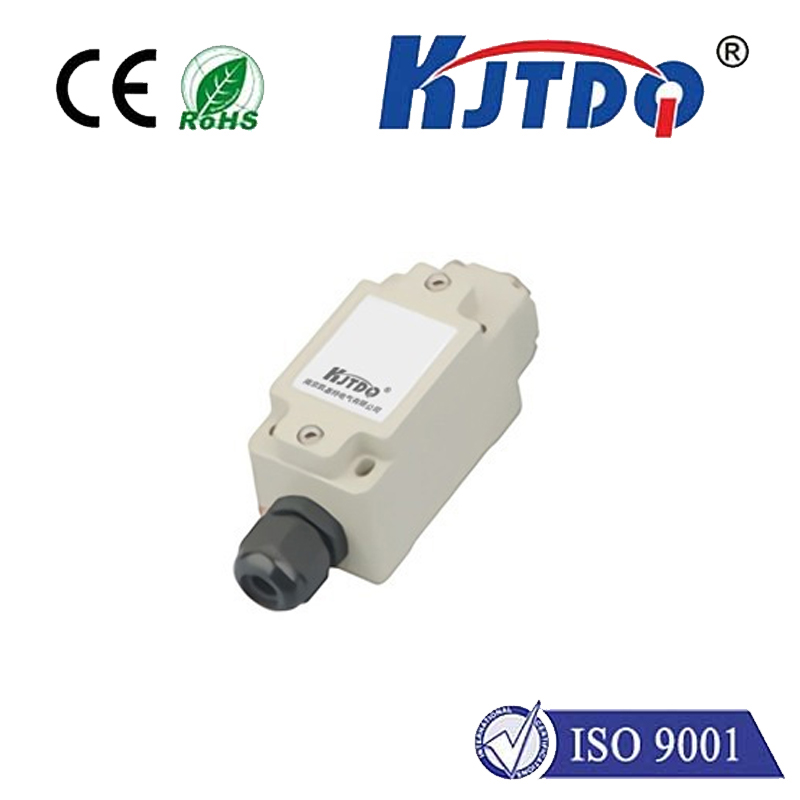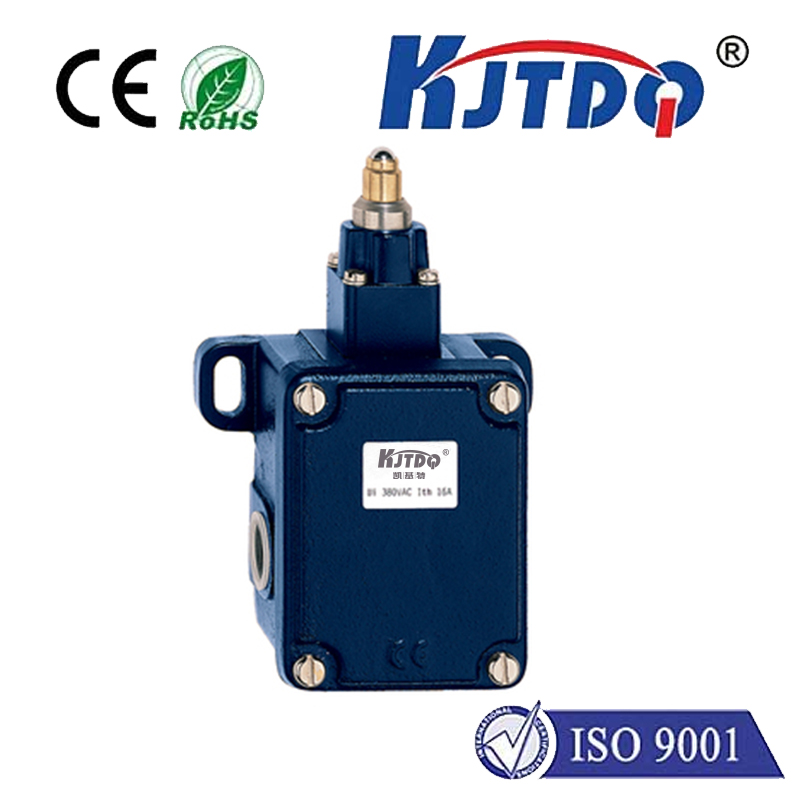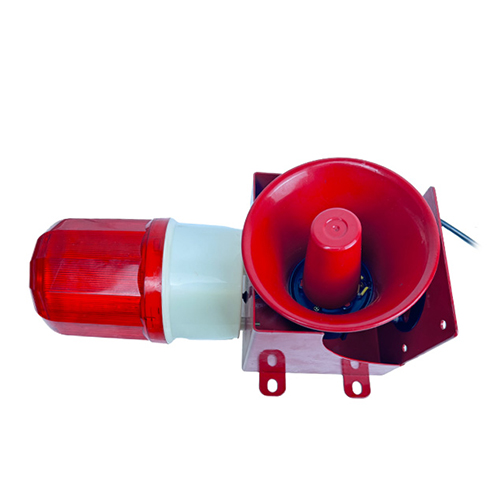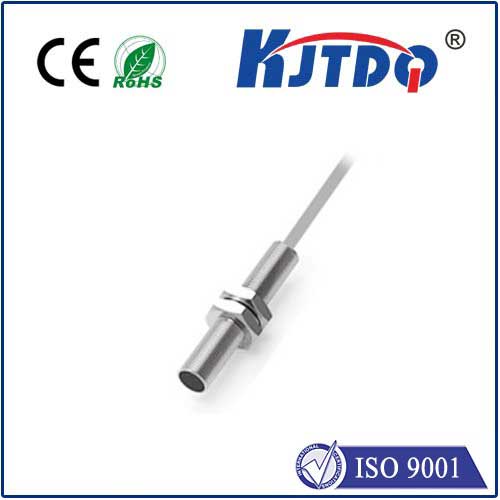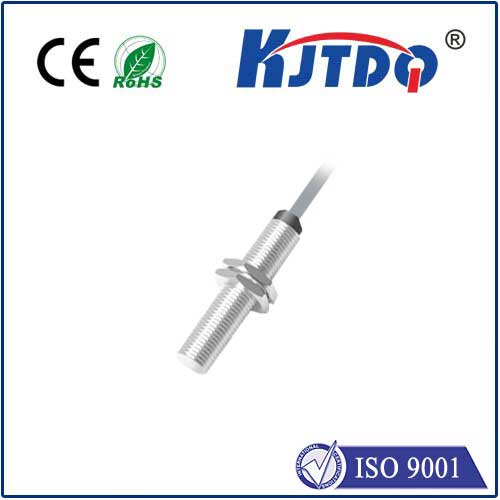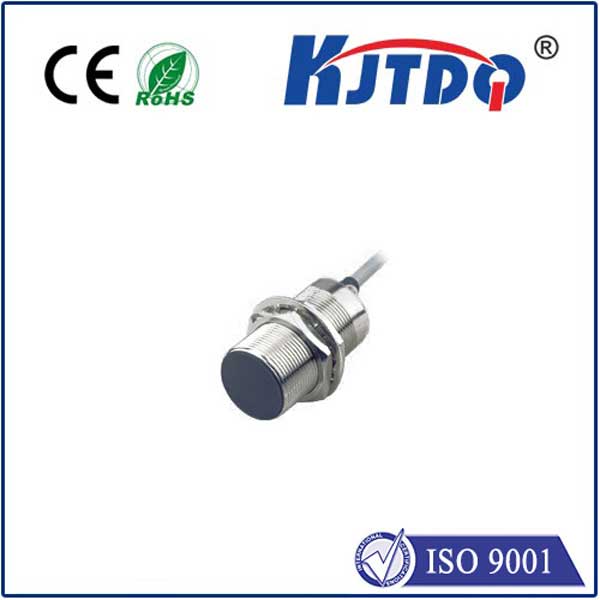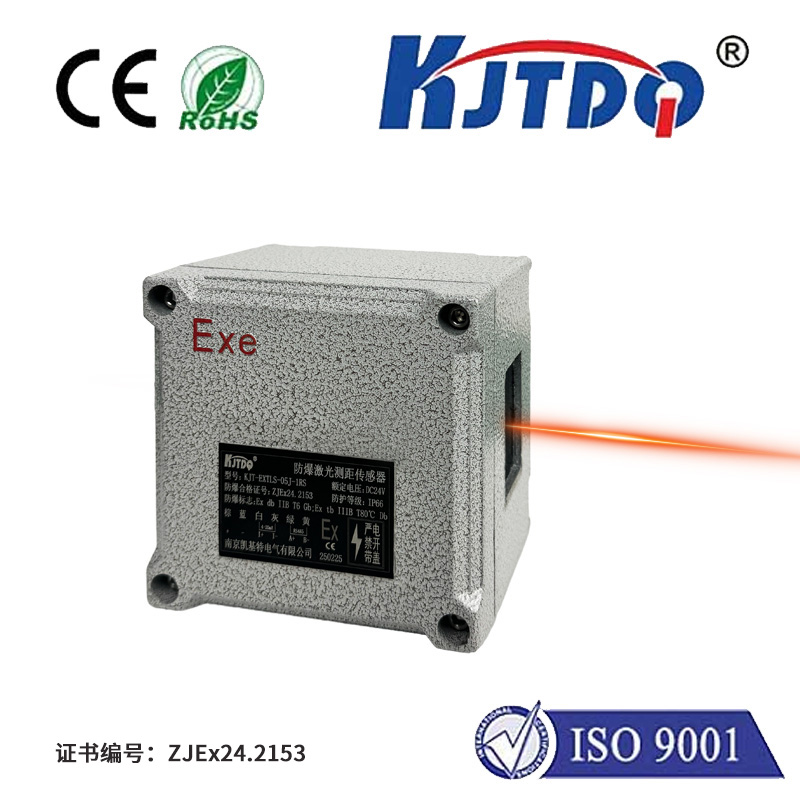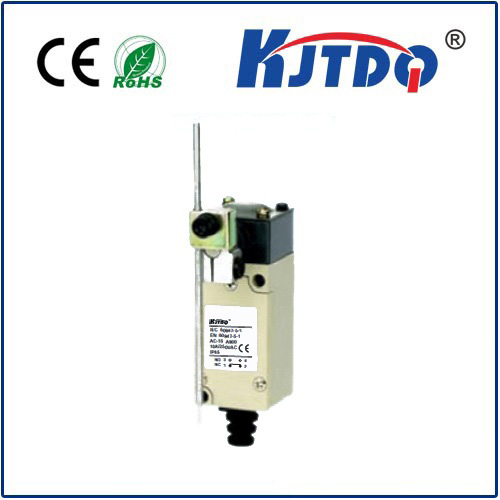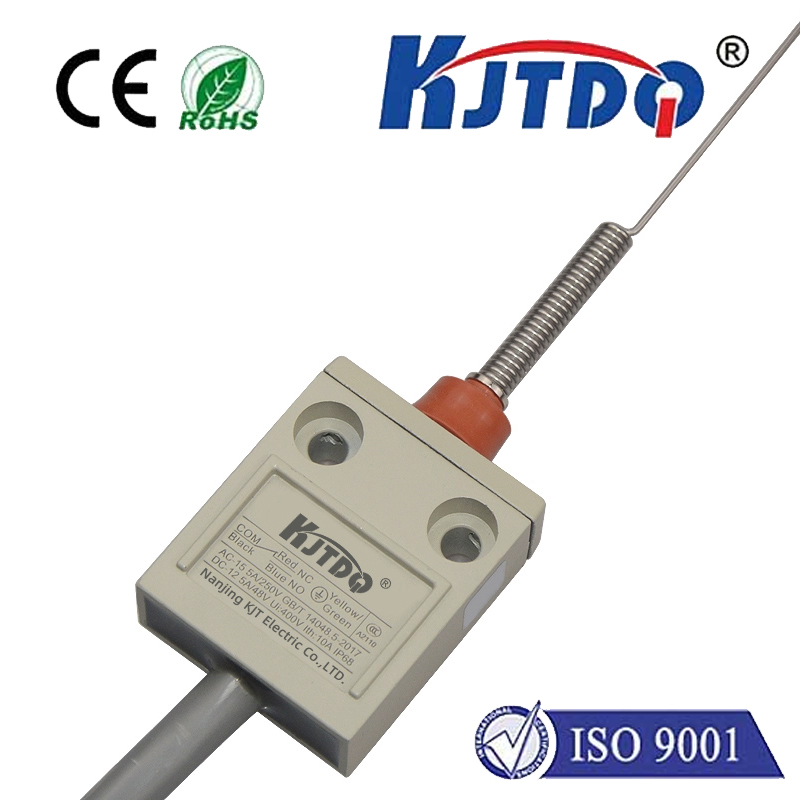

check

check

check

check

check

check

check

check

check

check
In the world of automation and robotics, sensors are the eyes and ears of machines. They enable devices to perceive their environments with precision and respond in real-time. Among these advanced sensor technologies, reflective proximity sensors have emerged as a valuable tool due to their unique ability to measure distances accurately without making physical contact. This article delves into the details of reflective proximity sensors, elucidating how they work, their applications, and the advantages they bring to various industrial processes.
At their core, reflective proximity sensors function by emitting a beam of electromagnetic radiation, commonly in the form of light or ultrasonic waves. These sensors are designed with an emitter and a receiver housed within the same casing. The emitter sends out a signal that bounces off the target object and returns to the receiver. By measuring the time it takes for the signal to reach the target and reflect back, the sensor calculates the distance to the object. This technology is particularly adept at measuring short distances with high accuracy, making it ideal for applications where space is limited or non-contact measurement is crucial. The reflective nature of these sensors eliminates the need for separate transmitters and receivers, simplifying installation and reducing costs.
Reflective proximity sensors are versatile tools finding use across multiple industries:
In manufacturing plants, these sensors ensure precise control over assembly lines by monitoring the presence and position of parts. They contribute to quality control by verifying dimensions and detecting any inconsistencies in the production process.

Robots equipped with reflective proximity sensors can navigate complex environments without collisions. Whether it’s in warehouse logistics or surgical suites, these sensors provide the data required for path planning and obstacle avoidance.
Modern vehicles leverage reflective proximity sensors for functions such as parking assistance, blind spot detection, and lane departure warnings, enhancing safety and convenience for drivers.
In surveillance systems, these sensors help detect motion and trigger alarms or automated responses, thereby acting as a first line of defense against unauthorized access or intrusions.
The adoption of reflective proximity sensors in various sectors is driven by several compelling advantages:
Non-Contact Measurement: They offer reliable measurements without touching the target objects, which is essential for hygiene-sensitive areas or fragile materials.
Versatility: With the ability to detect different types of signals (light or sound), these sensors can be tailored to specific application needs.
Space Efficiency: Their compact design allows integration into tight spaces where other sensor technologies may not fit.
Cost-Effectiveness: Simplifying the setup with integrated emitters and receivers reduces both installation complexity and maintenance expenses.
Reflective proximity sensors stand as a testament to ingenuitive engineering solutions catering to the demands of modern automation and robotics. Their ability to provide accurate, contactless measurement makes them indispensable in numerous applications where precision and reliability are paramount. As technology continues to evolve, we can anticipate even more sophisticated uses for these sensors, further integrating them into the fabric of our daily lives.
